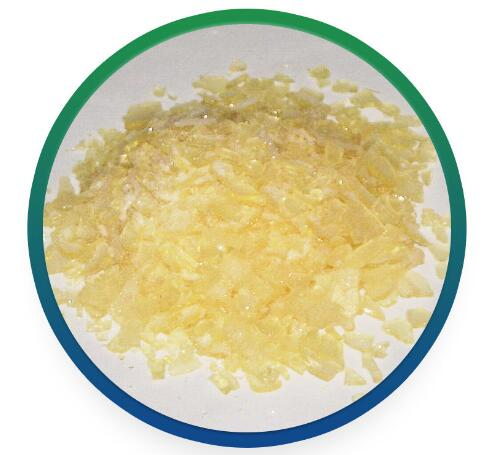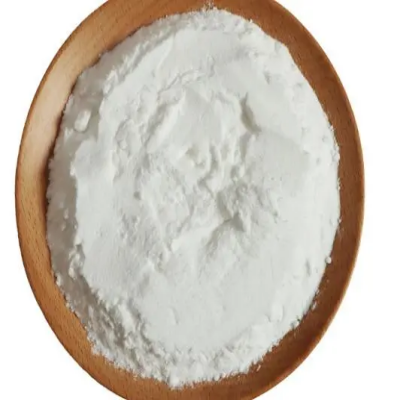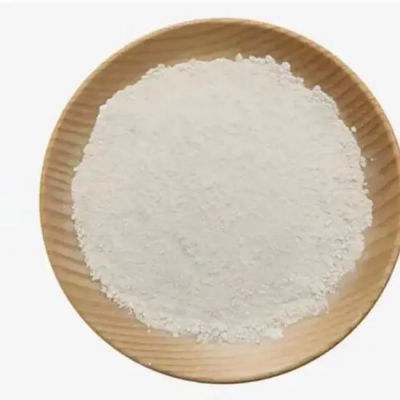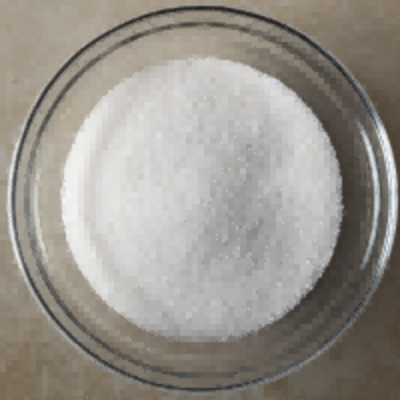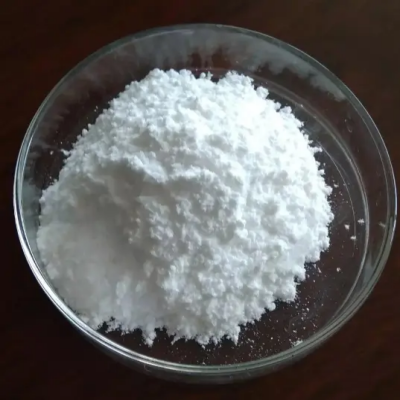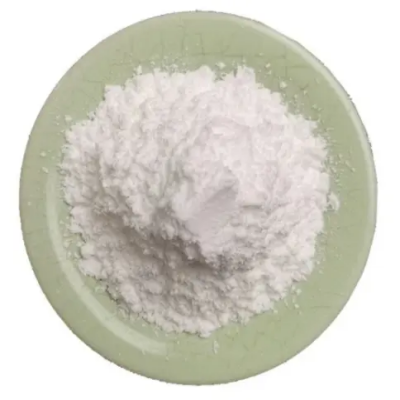Cuprousoxide CAS:1317-39-1
Cuprous oxide finds diverse applications across different industries due to its unique properties. In the realm of catalysis, it serves as a catalyst in various organic reactions, particularly in the synthesis of fine chemicals and pharmaceutical intermediates. Its role as a catalyst enables efficient and selective production of desired compounds. In marine industries, cuprous oxide is utilized as an active ingredient in antifouling paints to prevent the attachment and growth of marine organisms on ship hulls and underwater structures. By incorporating cuprous oxide into these paints, prolonged protection against biofouling is achieved, thereby reducing maintenance needs and improving fuel efficiency of vessels. Furthermore, cuprous oxide is employed as an electrode material in certain types of solar cells, particularly in photovoltaic devices known as copper oxide solar cells. These cells utilize cuprous oxide to facilitate the conversion of solar energy into electrical energy, contributing to the advancement of renewable energy technologies. Moreover, this compound has potential applications in the field of gas sensing, where its semiconducting properties are explored for detecting gases such as carbon monoxide and hydrogen. The sensitivity of cuprous oxide to these gases makes it valuable for developing gas sensors with high performance and reliability. Overall, cuprous oxide's versatility allows for its use in catalysis, marine coatings, renewable energy technologies, gas sensing devices, and potentially other emerging applications, showcasing its significance in various industrial and technological contexts.



| Composition | Cu2O |
| Assay | 99% |
| Appearance | white powder |
| CAS No. | 1317-39-1 |
| Packing | Small and bulk |
| Shelf Life | 2 years |
| Storage | Store in cool and dry area |
| Certification | ISO. |




